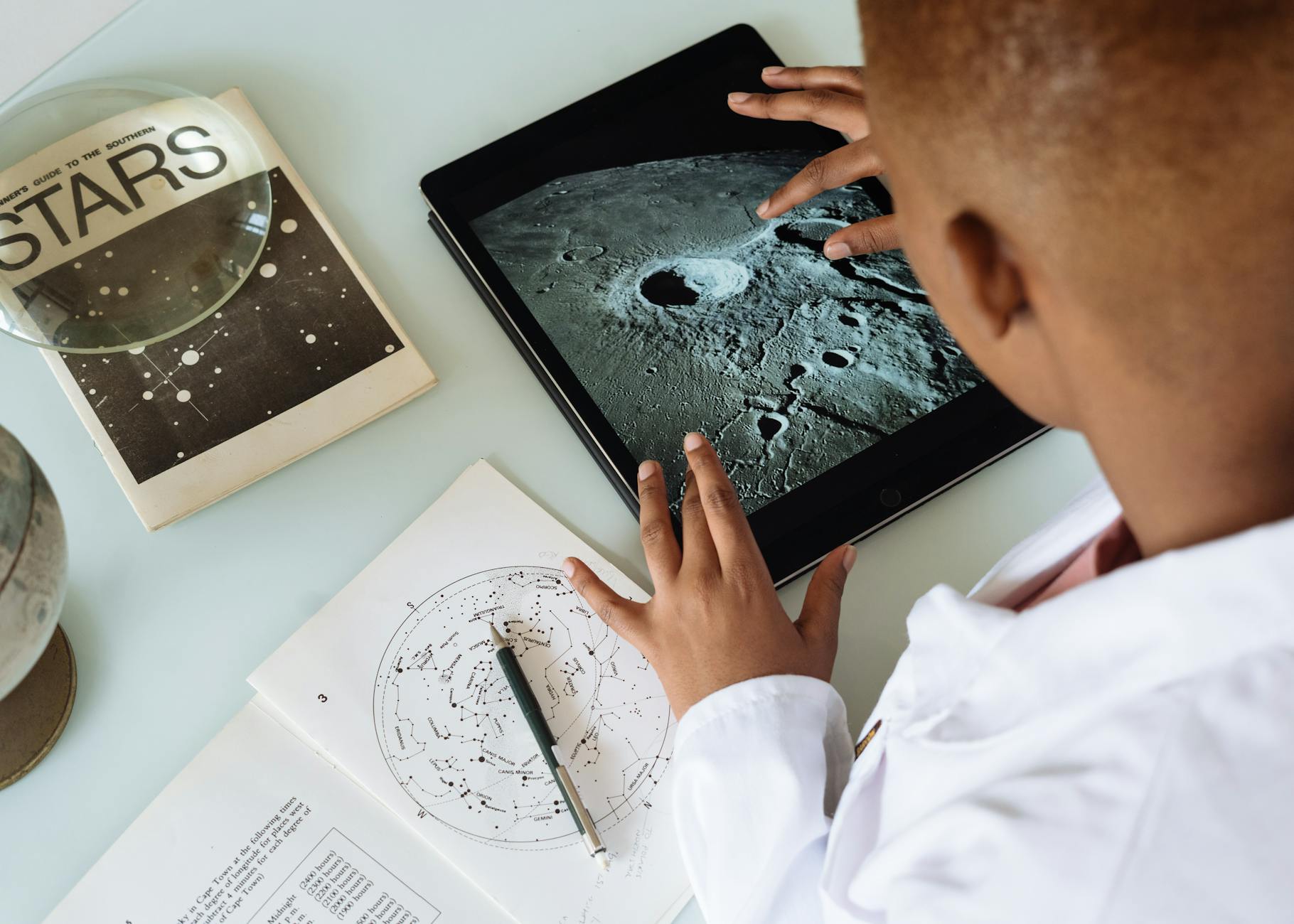Are Your Australian Events Truly Inclusive with the Right Audio Setup?

Assessing Venue Acoustics
Understanding the nuances of venue acoustics is crucial when organizing community events at spaces like the Adelaide Convention Centre. Loudspeakers should be carefully selected and arranged to enhance sound distribution. When analyzing the space for sound quality, it's vital to consider factors such as ceiling height and material composition, as these can greatly impact acoustic dynamics.
Analyzing Space for Sound Quality
The first step in creating an inclusive audio environment involves evaluating the specific characteristics of the venue. Key aspects to focus on include:
- Ceiling Height and Surface Materials: These influence how sound waves travel and are absorbed. Soft materials tend to absorb sound, while hard surfaces might reflect it.
- Shape and Size of the Space: These determine how sound will disperse. For instance, a long and narrow room might require different speaker arrangements compared to open halls.
Identifying Acoustic Challenges
Addressing potential acoustic challenges ensures clearer communication, especially important for inclusivity at events. Common issues include:
- Echoes: Often a result of sound waves bouncing off hard surfaces.
- Dead Spots: Areas where sound is uneven or muffled.
- Feedback: High-pitched noises that can be disruptive, commonly caused by improper paging systems usage.
Optimizing Speaker Placement
Strategically placing speakers can significantly enhance sound clarity and reach. Points to consider are:
- Angle and Elevation: To evenly distribute sound across the entire audience.
- Distance Between Speakers: Avoid placing them too close or too far apart to maintain consistent audio quality.
By paying attention to these sound principles, you can create an engaging and inclusive auditory experience for all attendees at community gatherings in vibrant locations like Victoria Square.
Inclusive Technology Selection
Hearing Loop Systems
Hearing loop systems are essential for enhancing inclusivity in community events, especially in venues like the Adelaide Convention Centre. These systems employ a professional microphone to capture sound, which is then transmitted directly to hearing aids equipped with telecoil technology. The advantage lies in their ability to provide clear audio without background noise, making the experience seamless for individuals with hearing impairments.
Assistive Listening Devices
Exploring assistive listening devices offers another layer of inclusivity. These devices can include personal units that amplify sound, making them ideal for places like Victoria Square where community gatherings thrive. For effective implementation, consider the range and battery life, ensuring they provide consistent performance throughout events.
Low-Frequency Sound Considerations
Evaluating low-frequency sound needs is crucial in spaces such as Her Majesty's Theatre, renowned for its acoustic excellence. A suitable recording microphone can capture the nuances of low-frequency sounds, which are essential for a balanced auditory experience in these settings. Ensuring that bass frequencies do not overshadow other sound elements can significantly improve overall audio quality in such venues. Incorporating these technologies not only enhances accessibility but also ensures that every audience member has an enriched experience. By focusing on these facets, we can create inclusive environments that cater to the diverse needs of our communities.
Setting Up for Accessibility
Configuring Induction Loops
As a community-focused planner in Adelaide, ensuring accessibility for everyone during events at venues like Her Majesty's Theatre is close to my heart. Incorporating technologies like hearing loops in theatres helps make experiences more inclusive. These loops work by transmitting sound directly to hearing aids and cochlear implants, improving audio clarity for those with hearing impairments. This technology is particularly useful in large spaces where ambient noise can interfere with sound quality. By carefully setting up hearing loop systems, we can enhance accessibility for all attendees and foster a more welcoming environment.
Ensuring Clear Announcements
Clear announcements are crucial for maintaining communication during community gatherings. When planning events at spaces like the Adelaide Convention Centre, I focus on ensuring that paging systems and microphones deliver messages effectively. It's essential to test and optimise audio equipment to ensure that announcements are audible from every corner of the venue. The strategic placement of loudspeakers can help achieve even sound distribution, reducing echoes and minimising distortion. Making sure our audio systems meet the needs of all attendees is an important step toward an inclusive experience.
Testing Equipment Reliability
Audio equipment reliability is non-negotiable when aiming for seamless event execution. Whether it’s a public announcement or a music performance, any equipment failure can lead to significant disruptions. I prioritise regular maintenance checks and trials to confirm the durability and dependability of all audio systems. Testing these systems in varying conditions ensures they can handle the unique acoustic characteristics of venues like those around Victoria Square. By addressing potential issues before they arise, we guarantee both quality performance and inclusivity for every participant.
Managing Live Event Dynamics
Balancing Sound Levels
Handling live event dynamics requires an attentive approach to ensure an immersive experience for all attendees. A fundamental aspect of this is balancing sound levels effectively. It is crucial to maintain a balance that supports both crisp dialogue and expressive music without overwhelming the audience. This involves adjusting sound levels continuously to maintain clarity and avoid distortion. Here at community gatherings similar to those at Victoria Square, a well-balanced sound can transform an event, making it more engaging and accessible.
Adapting to Audience Feedback
Reacting to audience feedback during an event is another layer of sound dynamics management. Keeping an ear out for how the audience responds—visibly or via feedback channels—and adapting sound settings accordingly can make for a seamless experience. Listening carefully during events at local theatres equipped with hearing loops, like Her Majesty's Theatre, show how responsiveness significantly enhances audience satisfaction and inclusion.
Troubleshooting On-the-Fly Issues
In the landscape of live events, unexpected issues are almost inevitable. Whether it's a microphone malfunction or an issue with an induction loop, having a practised approach to troubleshooting on-the-fly maintains the event's flow. Regular rehearsals and quick access to backup equipment can ease the unpredictability. Being prepared ensures that even when challenges arise, the integrity of the event remains intact, and everyone feels part of the dynamic soundscape.
Best Practices
Consistent Equipment Maintenance
Maintaining your audio equipment regularly is essential to ensure smooth operation during community events. This means routinely checking microphones, speakers, and hearing loop systems, similar to those you might find in the event spaces at Adelaide Convention Centre. Listening devices should be tested to ensure they work at optimal levels. After all, no one wants equipment failure amidst a bustling gathering at Victoria Square.
Audience Feedback Integration
Gathering feedback from your audience is invaluable. Whether it's a quiet note passed along at a community theatre event or feedback forms distributed online, incorporating this input can help tailor future events more closely to community needs. Audience feedback, especially from gatherings equipped with systems like at Her Majesty's Theatre, helps organisers understand which areas need improvement, such as clearer announcements or ensuring hearing loop coverage.
Staying Updated with Technology
To be truly inclusive, staying updated with the latest advancements in audio technology is crucial. Being aware of innovations like enhanced assistive listening devices or new configurations of induction loops can significantly enhance the accessibility of your events. Engage regularly with industry updates, ensuring that community events are always on the cutting edge of accessibility. By enforcing consistent checks, integrating audience insights, and ensuring access to the latest technologies, we can make our community gatherings more inclusive. This integrated approach empowers us to create experiences that cater to everyone's needs.


